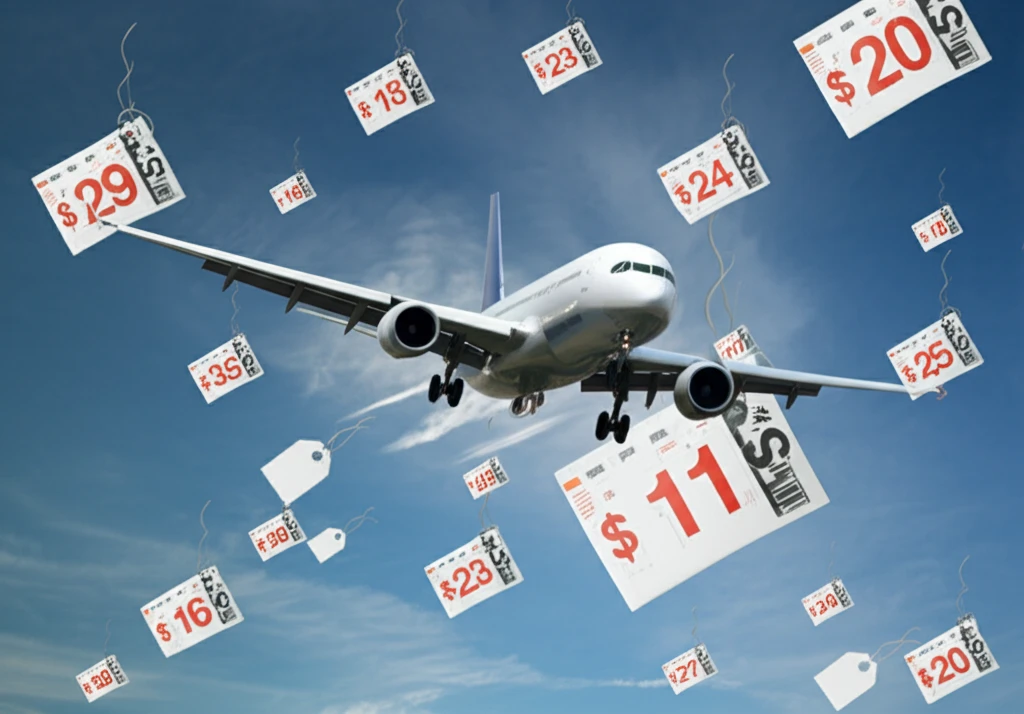
Decoding Airfare: How Seasonality and Global Events Impact Ticket Prices
"A Deep Dive into Brazilian Air Travel Before and After the Pandemic"
Have you ever wondered why air ticket prices seem to fluctuate so wildly? Price seasonality, the phenomenon where the cost of goods and services changes throughout the year, plays a significant role. Factors like weather, holidays, local events, and even our spending habits all contribute to these shifts.
For airlines, understanding these seasonal trends is crucial. It allows them to strategically plan flight schedules, manage capacity, and adjust fares to maximize profits during peak seasons and minimize losses during slower periods. Airports and air traffic control also rely on these insights to ensure efficient operations and resource allocation. But what happens when a global event disrupts these established patterns?
The COVID-19 pandemic profoundly impacted the air transport industry, potentially altering seasonal patterns due to changes in supply chains and consumer behavior. This article delves into a recent study analyzing price seasonality in Brazilian air transport, with a focus on how COVID-19 influenced pricing strategies within the domestic market. By examining pre- and post-pandemic data, we can uncover the shifts and variations that define the new landscape of air travel.
The Seasonal Symphony of Airfare: Understanding the Key Influencers

Several factors influence the seasonal fluctuations of air ticket prices. A study focusing on domestic city pairs in Brazil from 2013 to 2023, found that fuel prices (FuelPrice), market concentration (MktConc), and aircraft utilization (LoadFactor) all drive an increase in average airfare. In contrast, higher traffic volume (PaxDens) tends to reduce costs, enabling airlines to leverage economies of scale and incorporate those efficiencies into pricing.
- Fuel Prices: Higher fuel costs invariably translate to pricier tickets.
- Market Concentration: Less competition among airlines can lead to increased fares.
- Load Factor: Maximizing seat occupancy over fare increases helps optimise profits in peak seasons.
- Traffic Volume: Higher passenger numbers per flight results in reduced price per person.
Navigating the Future of Air Travel: Strategies for Airlines and Passengers
Understanding price seasonality is crucial for both airlines and passengers. By incorporating these insights into revenue management practices, airlines can better accommodate varying seasonal demand stemming from both leisure and business travel. Passengers can leverage this knowledge to find the best deals by planning their trips during off-peak seasons or taking advantage of promotional offers. Ultimately, staying informed about the factors that influence airfare can empower both travelers and airlines to make smarter decisions and navigate the ever-changing landscape of air travel.
